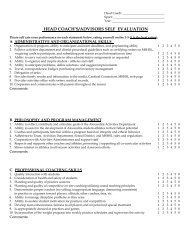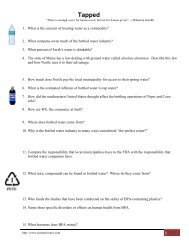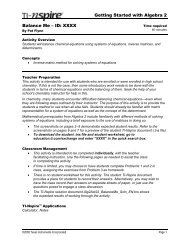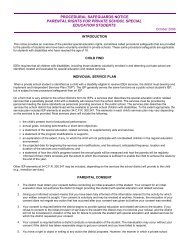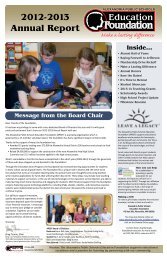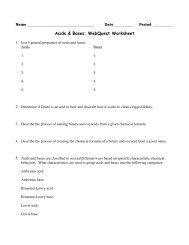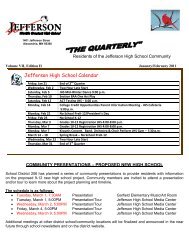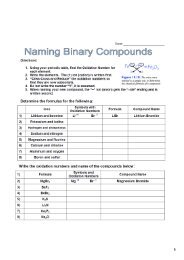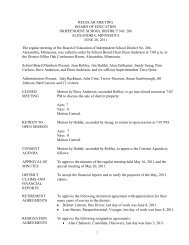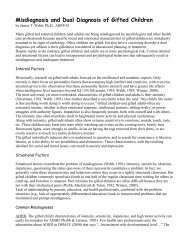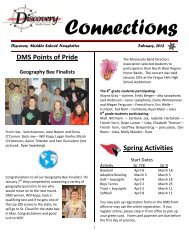Chapter 4 - Implementing a System of Research-based Interventions
Chapter 4 - Implementing a System of Research-based Interventions
Chapter 4 - Implementing a System of Research-based Interventions
You also want an ePaper? Increase the reach of your titles
YUMPU automatically turns print PDFs into web optimized ePapers that Google loves.
<strong>Chapter</strong> 4 <strong>Implementing</strong> a <strong>System</strong> <strong>of</strong> <strong>Research</strong>-Based <strong>Interventions</strong><br />
most appropriate intervention. Districts guidelines should be inclusive <strong>of</strong> circumstances<br />
under which a student should:<br />
Move into secondary supports.<br />
Skip to tertiary supports or evaluation for special education.<br />
Stay within a level <strong>of</strong> support (e.g., move from secondary decoding to secondary<br />
language comprehension intervention).<br />
Exit out <strong>of</strong> interventions.<br />
There is no assumption or statement in the Minnesota Rule specifying that students must<br />
move sequentially through the system. Instructional teams may decide to provide a student<br />
with the most intensive intervention available <strong>based</strong> on the significance and the need. The<br />
selected supplemental instruction should have the greatest likelihood <strong>of</strong> reducing the gaps<br />
in skills.<br />
Illustrative Example<br />
To prevent a mismatch between students' needs and available intervention supports, Lake<br />
Woebegone elementary has established guidelines for their continuum <strong>of</strong> supports.<br />
Secondary Supports: Early Intervention Reading, Read Well and Language! —small<br />
group instruction in letter recognition and language skills appropriate for students<br />
performing between the 26 th to 40 th percentile in letter recognition and language skills.<br />
Tertiary Supports: Reading Recovery—intensive one-to-one instruction in letter<br />
recognition and language skills appropriate for students performing between the 11 th to<br />
25 th percentile in letter recognition and language skills.<br />
First-graders performing between the 11 th and 25 th percentile in letter recognition and<br />
language skills receive Reading Recovery for 12 weeks. First-graders performing between<br />
the 26 th and 40 th percentiles receive Early Intervention Reading and Language! intervention<br />
in 6-week cycles.<br />
Although Reading Recovery would typically be considered a tertiary intervention, the team<br />
has determined through research and pilot data that the intervention is most successful for<br />
students performing in the 11 th -26 th percentile range. Additional analysis <strong>of</strong> team data has<br />
led to the guideline for moving students back to secondary supports if students do not<br />
respond or need continued intervention beyond Reading Recovery.<br />
For districts building their systems <strong>of</strong> SRBI or those selecting pre-referral<br />
interventions, the variables that are important to consider when differentiating between<br />
levels <strong>of</strong> intervention support include (Mellard, McKnight & Jordan, in press):<br />
Size <strong>of</strong> the instructional group.<br />
Immediacy and specificity <strong>of</strong> corrective feedback.<br />
Minnesota Department <strong>of</strong> Education Draft 4-6



